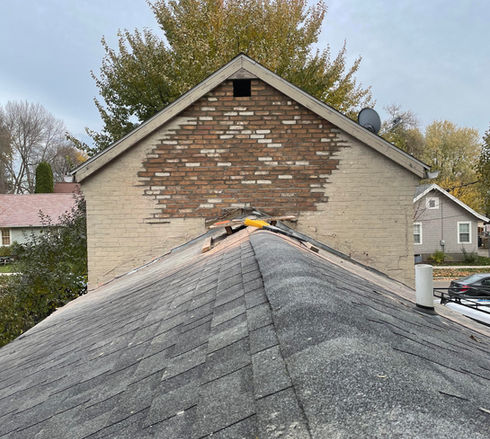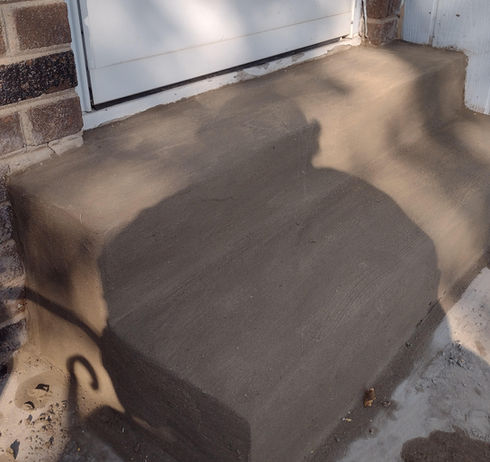
Services
Experience Excellence with Our Dedicated Service
01
Foundation Repair
Repairing and restoring a stone or brick foundation in Wisconsin involves a meticulous process to ensure the structural integrity of the building. Initially, a thorough assessment of the damage is conducted, followed by preparing the area and cleaning the surface of the foundation. Cracks and damage are repaired using techniques such as epoxy injections or mortar filling, with attention given to waterproofing to protect against Wisconsin's varying weather conditions. Repointing may be necessary to replace deteriorated mortar, and restoration efforts focus on matching new materials to the existing ones for a seamless appearance. Finally, finishing touches are applied, and adherence to local building codes and regulations is paramount throughout the process. Working with a reputable masonry company experienced in foundation repair ensures the job is completed safely and effectively.
02
Chimney Rebuild
Rebuilding a chimney entails a thorough assessment of its condition, followed by preparation and cleaning to ensure a smooth rebuilding process. Demolition may be necessary to remove damaged sections, after which the chimney is reconstructed using appropriate materials and techniques. Installing or repairing the flue lining is crucial for safety and ventilation. Waterproofing the chimney's exterior protects against moisture damage. Finishing touches, such as spark arrestors, are added to match the original aesthetic. Compliance with local building codes and regulations, particularly regarding fire safety, is essential throughout the rebuild. Working with an experienced masonry company ensures the job is completed professionally and safely, providing a durable and functional chimney.
03
Wood Bruner Installation
Installing a wood burner involves several crucial steps to ensure safety and efficiency. Begin with assessing the installation site and ensuring compliance with building codes. Prepare the area by clearing obstacles and implementing safety measures such as heat shields and proper ventilation. Install or inspect the chimney and flue system, ensuring secure connections and proper venting. Fireproofing materials should be installed beneath the wood burner to protect combustible surfaces. Follow manufacturer instructions to install the wood burner securely, ensuring proper clearance from surrounding materials. Test and inspect the installation thoroughly before adding finishing touches and providing homeowners with instructions for safe operation and maintenance. Collaboration with experienced installers is vital to ensure adherence to safety standards throughout the process.
04
Stoop Repair
Repairing a stoop involves a systematic approach to address cracks, deterioration, and structural issues. Initially, assess the stoop's condition and identify underlying causes of damage. Prepare the area by clearing debris and ensuring safe access. Clean the surface thoroughly for proper adhesion of repair materials. Repair cracks and damaged areas using suitable techniques such as epoxy injections or concrete patching. Reinforce the structure if needed for stability. Apply waterproofing sealant to protect against moisture damage. In severe cases, rebuild the stoop while ensuring proper drainage and support. Complete the repair with finishing touches to match the original aesthetic. Adhere to local building codes and regulations throughout the process, and enlist the expertise of a reputable contractor for professional and durable results.
05
Restoration Tuck Pointing
Tuck pointing is a meticulous process used to repair and enhance the appearance of mortar joints in brick or stone masonry. It involves removing deteriorated mortar and replacing it with fresh mortar of a contrasting color to create a clean, uniform look. This technique not only restores the structural integrity of the masonry but also enhances its visual appeal by providing crisp, defined lines. Tuck pointing requires precision and skill to ensure that the new mortar seamlessly blends with the surrounding masonry. It is commonly employed to address weathering, erosion, or aesthetic concerns in older buildings, preserving their historical charm while extending their lifespan. Tuck pointing is a valuable restoration technique that can revitalize the appearance and durability of brick and stone structures, making it an essential skill for masons and restoration professionals alike.



















































